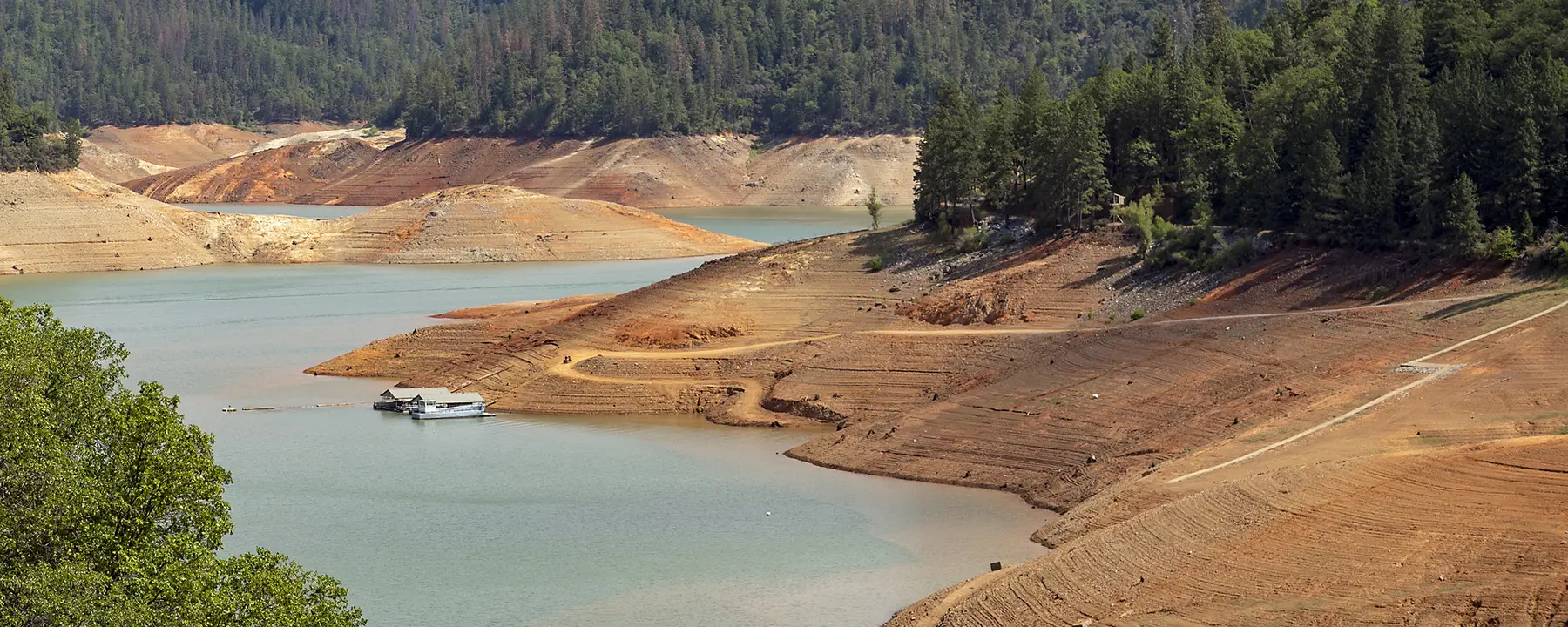Providing Data Analysis and Modeling to Support Actionable Water Resource Forecasting
Objective
Support National Oceanic and Atmospheric Administration (NOAA) through the University of Alabama’s Cooperative Institute for Research to Operations in Hydrology (CIROH), a national consortium committed to accelerating research and enhancing collaboration to provide actionable water resources forecasts and information.
Approach
RTI provides CIROH with experts in water resources, software development, economics, and communication science. This multidisciplinary team helps the National Weather Service’s (NWS) Office of Water Prediction deliver science, forecasts, data, and decision support services – all vital tools for managing resources in the face of increasing water demand and scarcity, extreme weather events, and hydrologic uncertainty.
Impact
Participation in CIROH supports continuous innovation in hydrologic modeling research, modeling of managed and impact watersheds, precipitation frequency studies, forecast communication, and more. All to inform best practices for water resource operations, and support NOAA in meeting their mission to issue more reliable and accurate water forecasts.
In 2022, the National Oceanic and Atmospheric Administration (NOAA) sought to address building resilience to water-related challenges by partnering with the Alabama Water Institute at the University of Alabama to create the Cooperative Institute for Research to Operations in Hydrology (CIROH).
RTI’s Center for Water Resources serves as one of 28 CIROH partners to improve water prediction through streamflow forecasting, extreme weather event predicting, and water quality assessment. We are proud to serve in this national consortium that promotes collaboration across scientific communities and defines the best practices for water resource operations amid an ever-changing climate.
Progressing NOAA’s Mission of Advancing Water Prediction
Our team has been delivering solutions related to the following topics:
Hydrologic modeling & mapping
Creating flexible hydrologic modeling, mapping, and river forecasting evaluation interface prototypes to demonstrate different climates and terrain, and impacts. This allows for the delivery of more accurate information in a timely manner to those who need it most.
Watershed modeling
Utilizing Forecast informed Reservoir Operations (FIRO) by coupling hydrologic and water management models, along with modeling disturbance regimes such as fire and beetle kill allows us to better understand and apply a data-driven approach to addressing water resource problems.
Precipitation frequency studies
Updating Atlas 14 precipitation frequency maps in the continental U.S. as well as leading the development of Atlas 15 precipitation frequency maps that include the effects of a changing climate. Both data sets are critical as they serve as a foundation for built infrastructure nationwide.
Forecast communication
Designing, disseminating, and implementing strategies for efficient and effective exchange of information to stakeholders. NOAA can better understand how people use their products and gain insight to further refine and improve the process of communicating flood warnings.
Airborne snow surveys
Working with a team of NOAA pilots to estimate snowpack depth and snow water equivalent across the northern US. Acquiring snow data like this is needed to improve the hydrologic models used to forecast seasonal water supply and to save lives and prevent loss of property ahead of snowmelt induced flooding.
Economic analyses of water management
Performing hydrology, forecasting and economic analysis, and research to determine the economic value of streamflow forecasts for flood management. Analyses of this nature help to evaluate economic trade-offs and optimize the management of water and other natural resources.
See a Complete List of Our Water Management Projects for CIROH:
| Projects |
|---|
| Hydrologic modeling, mapping, and forecast evaluation system |
| Economic valuation of streamflow forecasts for flood management |
| On-site Research to Operations |
| NOAA Atlas 14 Research |
| NOAA Atlas 15 Research |
| Advance water management-hydrologic model coupling to improve hydrologic forecasting in managed watershed |
| Model parameterization for disturbance regimes |
| NextGen and HEFS Ensemble Forecasting |
| Hydrologic Process Synthesis |
| Operational Feasibility of Multi-Model Mosaics |
| Optimizing Flood Warning Information Display for Emergency Managers thru Science Communication Research |
| Community NextGen and CIROH Research to Operations Hybrid Cloud |
| Enhancing Res Ops and FIRO |
| SNODAS Station Data Assimilation |
Our work through CIROH allows for NOAA to issue more reliable and accurate water forecasts and to better understand the impacts of water management in the event of extreme weather, ever-changing water demands and scarcity, and hydrologic uncertainty—all playing a role in delivering a more sustainable future for all and making progress towards improving lives through science and positively impacting well-being.
RTI’s Center for Water Resources has worked on more than 3,000 projects over the last 30 years with the goal of creating a more sustainable and resilient water management ecosystem globally.
Learn more about RTI’s Center for Water Resources.
- National Oceanic and Atmospheric Administration (NOAA)






